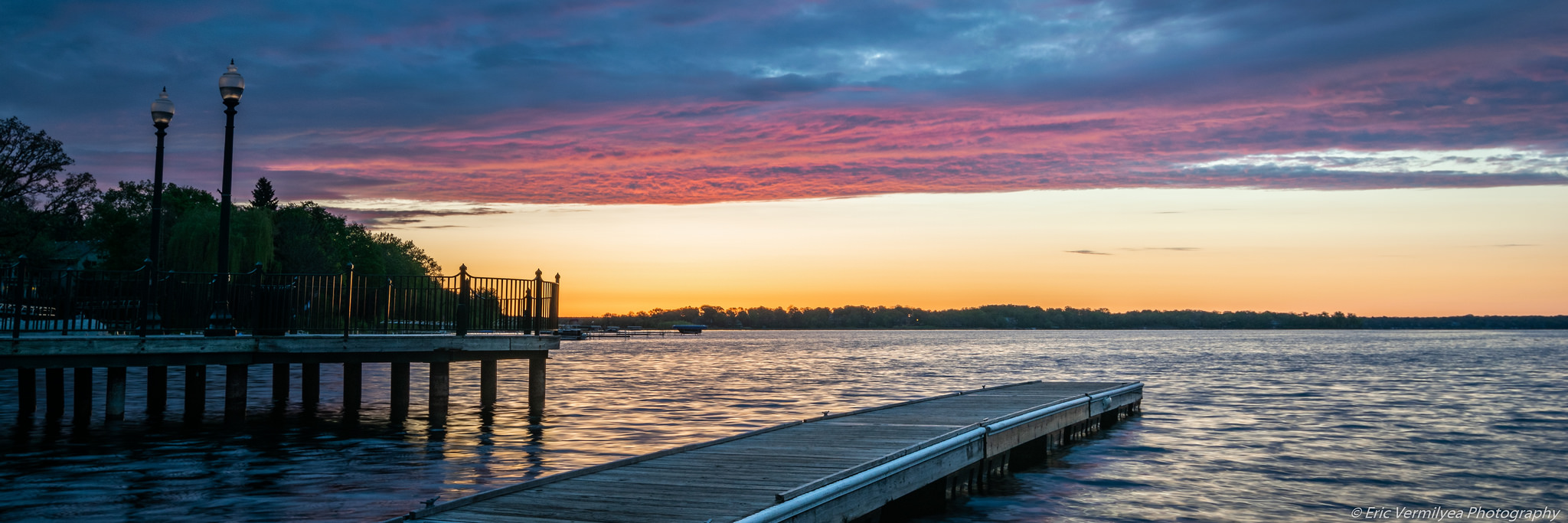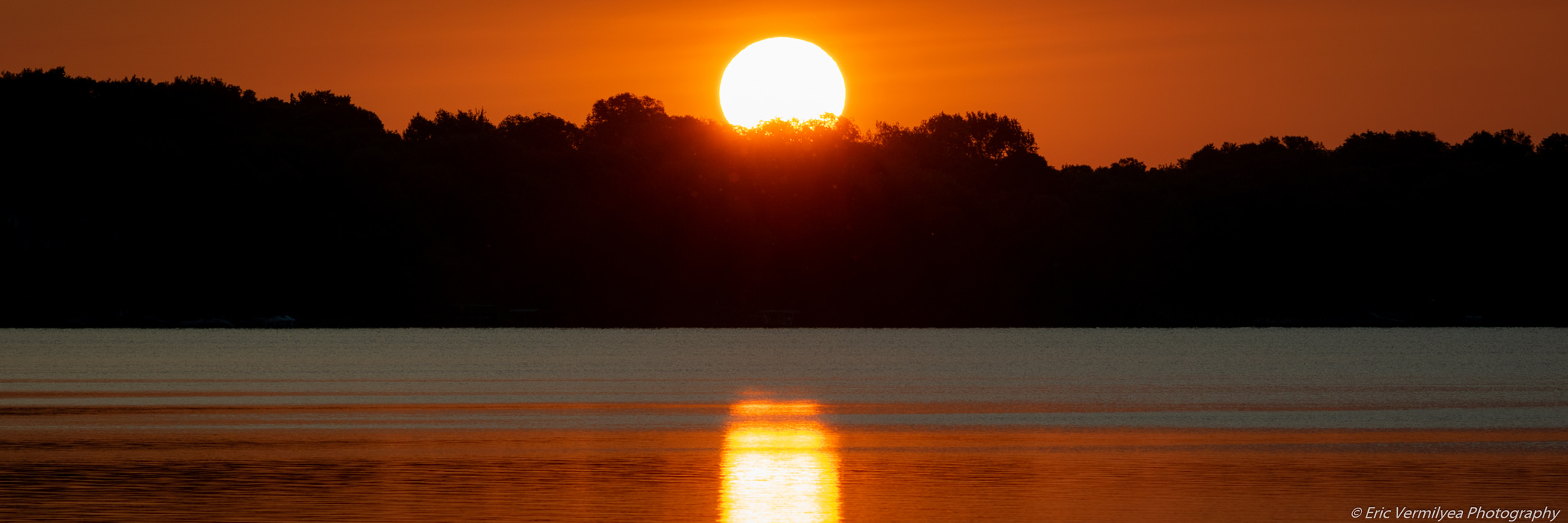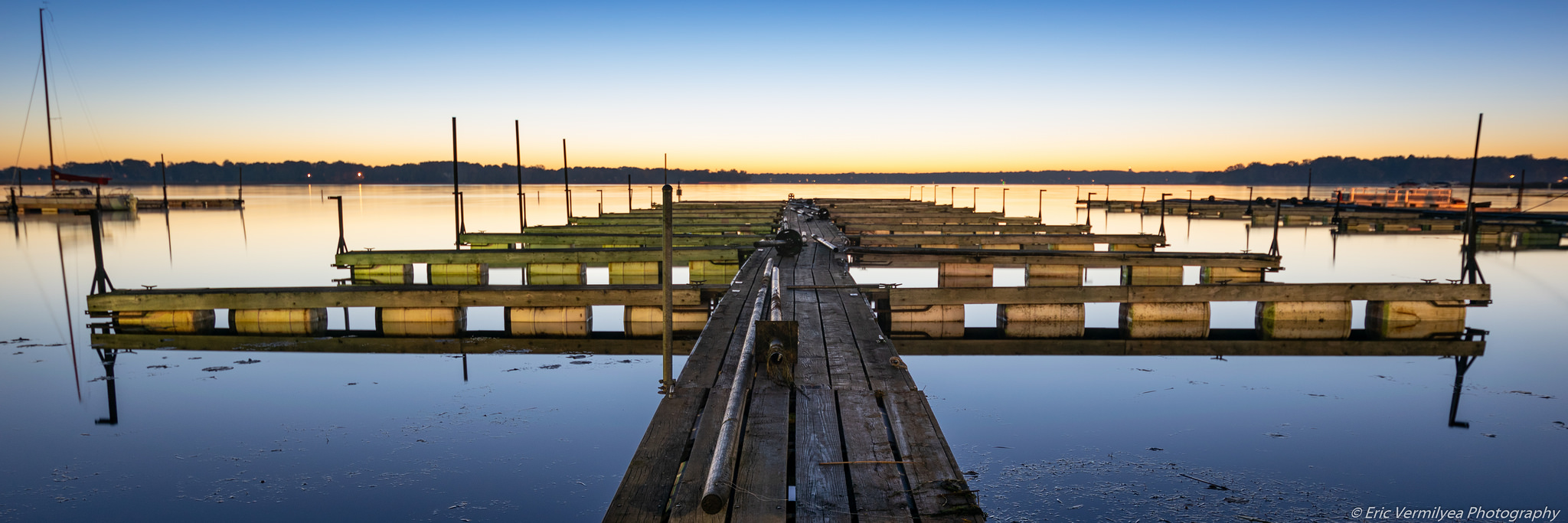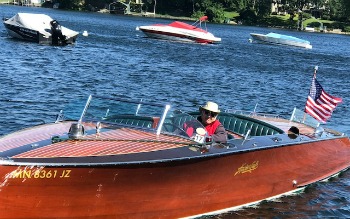WHITE BEAR LAKE CONSERVATION DISTRICT
LAKE MANAGEMENT PLAN
MAY 1999
Adopted by the White Bear Lake Conservation District on April 27, 1999
Prepared by: Dick Osgood, Consultant to the White Bear Lake Conservation District Ecosystem Strategies
May 1999
To all in the White Bear Lake Community:
This lake management plan represents an extensive process of input by community residents and technical experts. The goals and actions contained in this plan represent coherence between data from the community input survey (June 1998) and consensus on goals, objectives and actions forged by the Advisory and Technical Committees.
Within the context of this management plan, the White Bear Lake Conservation District and its five member cities can work as partners with other governmental agencies to develop rational, strategic policies for the effective governance of lake-related activities and concerns. By providing a framework for management actions, this plan will allow the White Bear Lake Conservation District to stride boldly into the year 2000 to protect and enhance the crown jewel of our communities.
We wish to express our gratitude to members of the Advisory Committee and the Technical Committee and to all individuals and groups who participated in the evolution of this plan. We wish to additionally acknowledge the professional knowledge and skills that our consultant, Dick Osgood (Ecosystem Strategies) brought to bear on this project. A job well done by all of you!
It is our hope that the councils of the member Cities upon receipt of their copies of this plan and its resolution included as Appendix VII will work with the White Bear Lake Conservation District to implement many aspects of this plan which call for renewed guidance and support of our Board’s activities. If we all work together, this plan will help us preserve its primary beneficiary - our lake and the flora and fauna it nurtures.
Your favorite Steering Committee,
| David Scheer David Scheer, chair |
Mary Sue Simmons Mary Sue Simmon |
PREAMBLE
We, the Advisory Committee, are aware that Board members of the White Bear Lake Conservation District have concerns regarding what this management plan is, or perhaps what this management plan is not.
This management plan is:
- A consensus reached by a broadly based group of citizens from our community during a carefully structured, year-long process.
- A guidance document for the long-term management of policies and programs undertaken by the White Bear Lake Conservation District and others.
- Comprehensive. The management actions we recommend in this plan are meant to be considered as a whole, rather than piecemeal. We understand that as the White Bear Lake Conservation District considers implementing this plan, it will take into consideration factors like relative priorities and funding.
- A road map for the White Bear Lake Conservation District to follow. We expect that the District will be thoughtful, intentional, systematic and strategic as it develops plans, policies, programs and projects to implement the plan. This is an ongoing process.
- A challenge to the District to help realize its full potential to protect and enhance the value of the lake for everyone.
This management Plan is not:
- A mandate. Specific dates for implementing recommended actions (see Table 3) are meant to be targets, not absolute deadlines. Suggestions that the District "will" take a specific actions are meant to convey the Advisory Committee’s sense that a particular goal has a high priority , not an iron clad commitment.
- An affirmation of the status quo. While we have recognized concerns with the status quo, we have sought to rise above those concerns and see beyond them with a plan that is comprehensive and forward-looking.
- A ‘quick fix.’ Because the plan is so comprehensive, its implementation in a thoughtful and effective manner may require several years.
We thank the White Bear Lake Conservation District for the foresight in developing this management plan and we look forward to working to help implement the plan with the District and others throughout our community.
EXECUTIVE SUMMARY
The White Bear Lake Conservation District, or WBLCD, is responsible for coordinating the overall management of White Bear Lake. At the same time, the WBLCD recognizes that many other agencies, organizations and individuals have a role in the lake’s management. To understand the range of management issues and most effectively coordinate the total management effort, the WBLCD has commissioned the development of this management plan.
The WBLCD retained Dick Osgood of Ecosystem Strategies to facilitate the development of this management plan. The year-long planning effort was coordinated by the Steering Committee comprised of two WBLCD Board members. The substance of this plan is the result of extensive community input from the Advisory Committee, with technical guidance from the Technical Committee.
The White Bear Lake Management Plan was adopted by the White Bear Lake Conservation District on April 27, 1999.
The White Bear Lake Management Plan addresses five specific problem areas that were identified at the beginning of the plan development process. The problem areas fall into these categories:
- Lake uses
- Milfoil and other exotic species
- Runoff pollution
- Lake level
- Leadership and direction from the White Bear Lake Conservation District
The Advisory Committee has adopted a vision statement to guide the long-term management of White Bear Lake:
White Bear Lake is the focal point of our community. The lake is highly valued for its aesthetic, recreational, commercial, environmental, aquatic life, and fish & wildlife qualities. These qualities and values should be protected and preserved for present and future generations.
To support this vision as well as to address the identified problems and concerns, the Advisory Committee has adopted nine goals:
Goal #1 The White Bear Lake Conservation District should be an advocate for the enlightened management of White Bear Lake.
Goal #2 Lake use should not exceed thresholds for crowding, noise, safety and environmental damage.
Goal #3 Use and development of the lakeshore should complement the overall use of White Bear Lake.
Goal #4 Provide information, education & enforcement that is critical for managing lake use.
Goal #5 Protect the healthy native aquatic plant community in White Bear Lake.
Goal #6 Prevent Eurasian watermilfoil or other exotic species or natural species from becoming a recreational or ecological nuisance.
Goal #7 Pursue all opportunities, present and future, to reduce phosphorus inputs to White Bear Lake.
Goal #8 Identify other kinds of pollution to White Bear Lake and reduce their input.
Goal #9 A plan to protect the levels of aquifers critical to White Bear Lake level is needed.
Following a comprehensive analysis of problems and areas of concern, the White Bear Lake Management Plan calls for specific management actions to support the vision and goals. The White Bear Lake Conservation District, by adopting this plan, is demonstrating a commitment to its timely and effective implementation as well as its advocacy role in protecting this beautiful lake.
1. IMPLEMENTING THE MANAGEMENT PLAN
Action 1a: The WBLCD will seek the support for its member cities and others so that it has sufficient resources to implement this management plan.
The WBLCD will do this by:
- Developing a work plan and budget to implement this management plan.
- Obtaining the financial support to implement the work plan.
- Establishing a formal dialog between the Board and the member cities.
Action 1b: The WBLCD will retain an advisory committee to provide input on the implementation of this management plan.
The WBLCD will establish a management plan advisory committee that will:
- Be representative of the White Bear Lake community.
- Meet quarterly.
Further, the WBLCD will support the advisory committee by:
- Providing technical support as needed.
- Providing a forum to receive regular reports.
Action 1c: The WBLCD will amend, revise and update this management plan as necessary.
2. MONITORING AND EVALUATION
Action 2a: The White Bear Lake Conservation District, in cooperation with other appropriate agencies, will develop and implement a monitoring and evaluation program to support this management plan.
The WBLCD will do this by:
- Coordinating, gathering and evaluating the monitoring data collected by all available sources.
- Using the monitoring information with the input from the advisory committee to evaluate the management plan’s effectiveness and amend the plan as necessary (see Table 2).
3. INFORMATION AND EDUCATION
Action 3a: The White Bear Lake Conservation District, in cooperation with other appropriate agencies, will develop and implement an information/education program to support this management plan.
The WBLCD will do this by:
- Coordinating and evaluating the information and education needs to support this management plan (see Table 2).
- Serving as an information and education clearinghouse.
- Identifying target audiences.
- Cooperating with other agencies and organizations to implement an information and education program to support this management plan.
4. WATERSHED MANAGEMENT
Action 4a: The Rice Creek Watershed District, through its plans, programs and policies, should continue to minimize phosphorus inputs to White Bear Lake.
The RCWD should specifically address the following concerns:
- Implement a program to measure the levels of phosphorus entering White Bear Lake as a way to evaluate the need for and effectiveness of watershed management activities.
- Work with others to develop, implement and evaluate effective community information and education programs.
- Work with municipalities where new developments are planned to either a) prevent additional runoff from entering White Bear Lake, or b) require that the most efficient available technologies be used to minimize phosphorus increases to White Bear Lake.
- Measure the magnitude of internal phosphorus sources in White Bear Lake, then if found to be excessive, implement control measures. This should be done in cooperation with the White Bear Lake Conservation District.
- Work with municipalities and the WBLCD to implement phosphorus fertilizer ordinances.
Action 4b: To the extent practical, the Rice Creek Watershed District should identify, and if necessary, mitigate the impact of non-phosphorus pollution to White Bear Lake.
As the RCWD implements this action, they should:
- Design and conduct a monitoring program to evaluate the levels of non-phosphorus pollution like hydrocarbons, heavy metals, herbicides and pesticides, other nutrients, salts, sediments, synthetic chemicals, pathogens, and organic debris.
Action 4c: The City of White Bear Lake should work with the White Bear Lake Conservation District and others in the community to develop and implement a comprehensive vision and plan for the Commercial Bay - both land and water aspects.
This should be done following the lake use study recommended in Action 6b.
Action 4d: The White Bear Lake Conservation District, the MN DNR and local units of government in the critical recharge areas should develop and implement a plan to protect the levels of aquifers critical to White Bear Lake levels.
5. PROTECTING THE BIOLOGICAL RESOURCE
Action 5a: The Minnesota Department of Natural Resources should continue working to implement its fisheries management plan.
Action 5b: The White Bear Lake Conservation District will coordinate the overall protection and management of aquatic plants in White Bear Lake.
The WBLCD will do this by:
- Annually developing and implementing an aquatic plant protection and control strategy. The plan should balance reasonable control, the pros and cons of all available methods, while also minimizing impacts to the human and natural environment.
- Annually preparing a report on the results of aquatic plant protection and control activities, the status of the lake’s aquatic plant communities, and recommendations for future protection and control activities.
Action 5c: The White Bear Lake Conservation District should, in cooperation with the Minnesota Department of Natural Resources and others, identify the threats of other exotic species introductions and implement programs to prevent those species from entering White Bear Lake.
Action 5d: The WBLCD in cooperation with others will develop and implement education/information materials for riparian owners to encourage the protection and restoration of the lakeshore vegetation.
6. LAKE SURFACE USE
Action 6a: The Minnesota Department of Natural Resources, along with its planning partners, should continue to seek, acquire and develop public access to White Bear Lake to its goal of 121 car-trailer spaces, unless this is contrary to the recommendations from the lake use study (Action 6b).
Action 6b: The White Bear Lake Conservation District will commission a lake use study in 1999.
The lake use study will be consistent with the Advisory Committee recommendation that:
The WBLCD commission a study of total lake use, including the Commercial Bay (for example, how many boats, boat size and use of the lake). Further, the study should include the impact of boats on the quality of the lake. A public survey should be included asking people what they think is the right mix of boats for lake use.
Action 6c: The White Bear Lake Conservation District will amend its noise ordinance to not allow any watercraft to exceed 80 dB at a distance of 50 feet. The WBLCD will also amend those ordinances calling for minimum wake zones to increase them to 200 feet.
The WBLCD will amend their ordinances to be effective during the 1999 boating season.
Action 6d: The WBLCD will review, and if necessary, amend its winter use ordinances following the recommendation s from the lake use study (Action 6b).
Action 6e: The White Bear Lake Conservation District will, in cooperation with the Ramsey and Washington County Sheriff’s Departments, more actively enforce its use lake use ordinances (such as speed limits, minimum wake zones, hours of operation and noise). This effort will also include an educational element.











